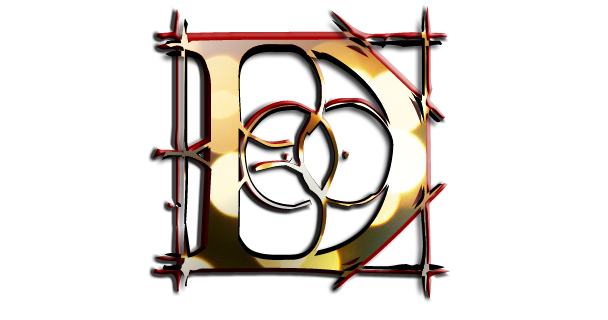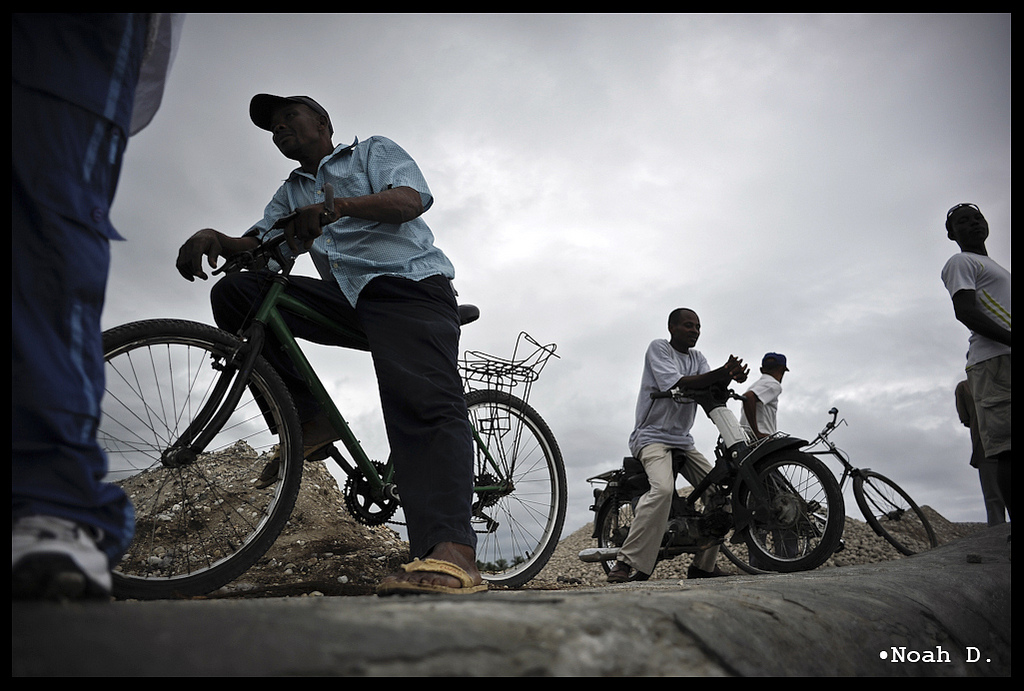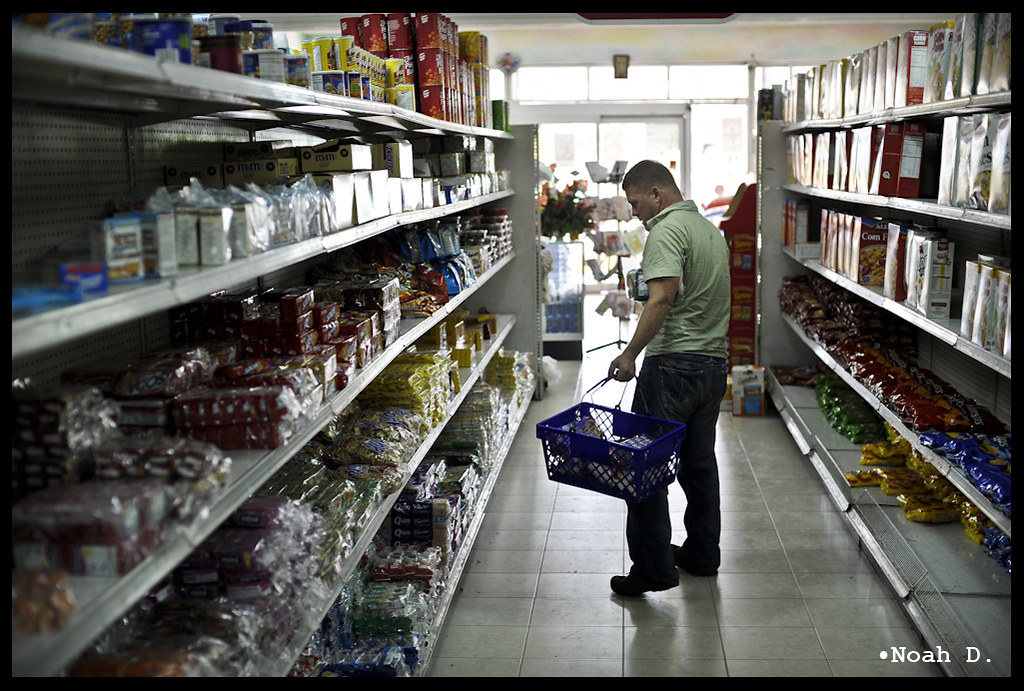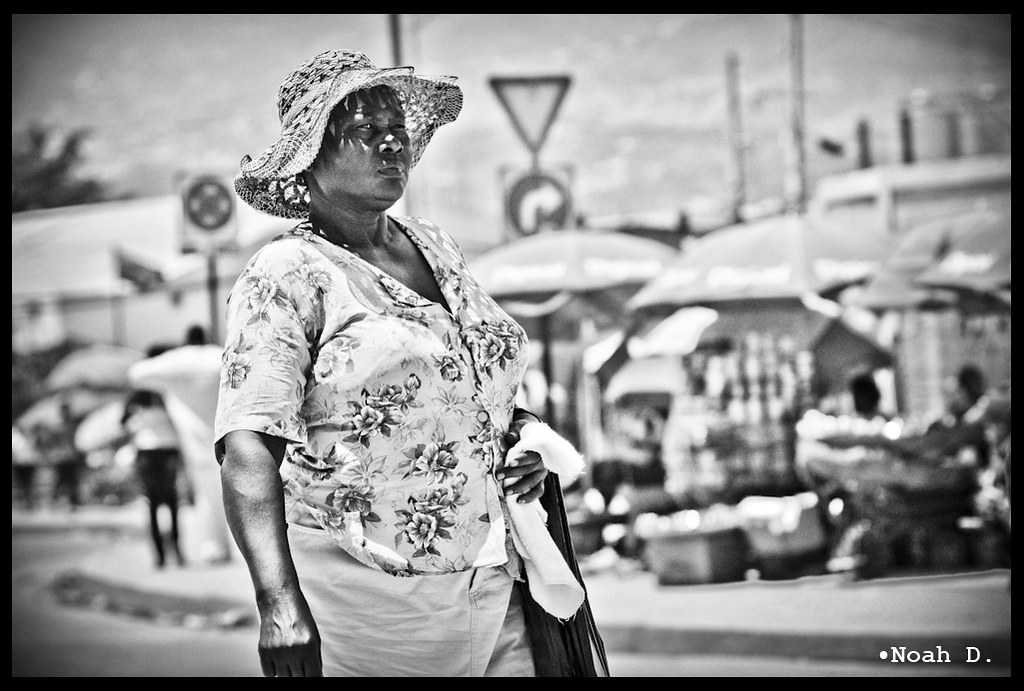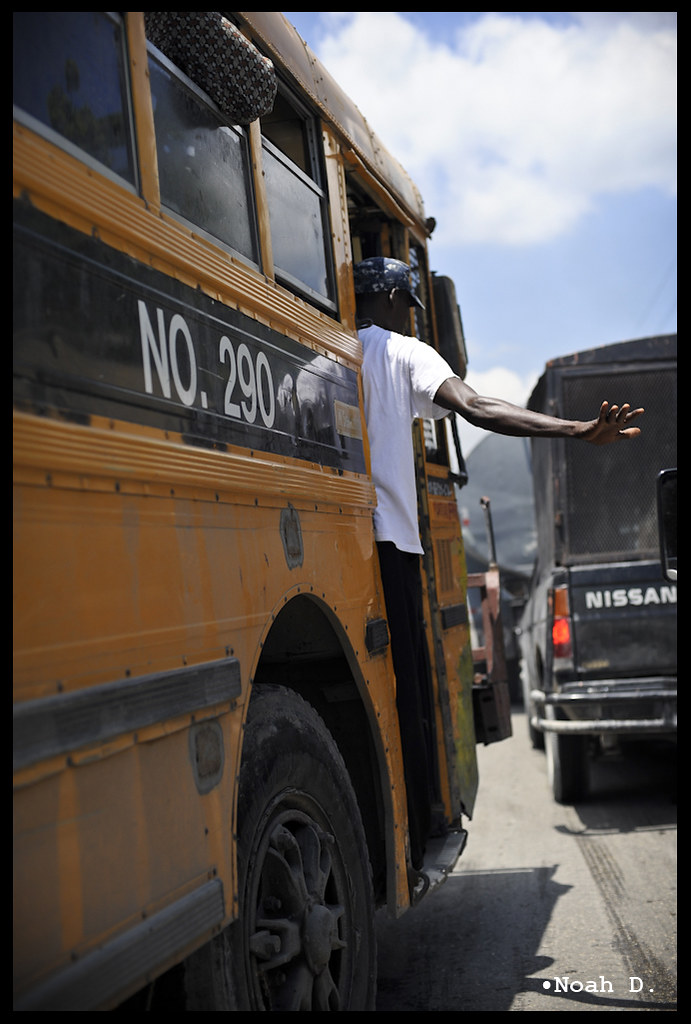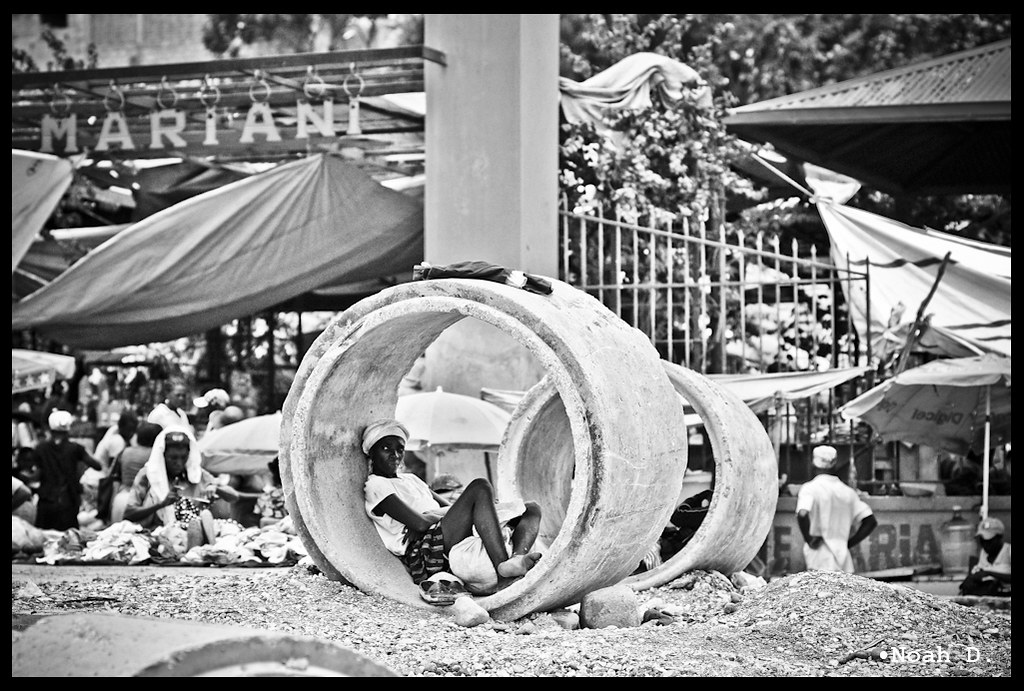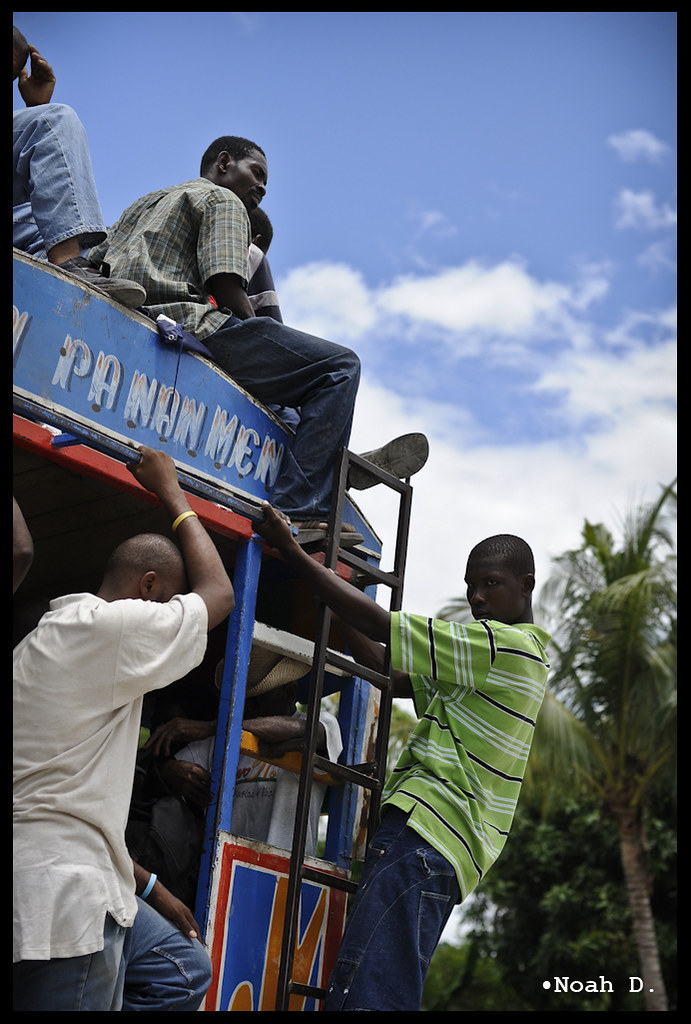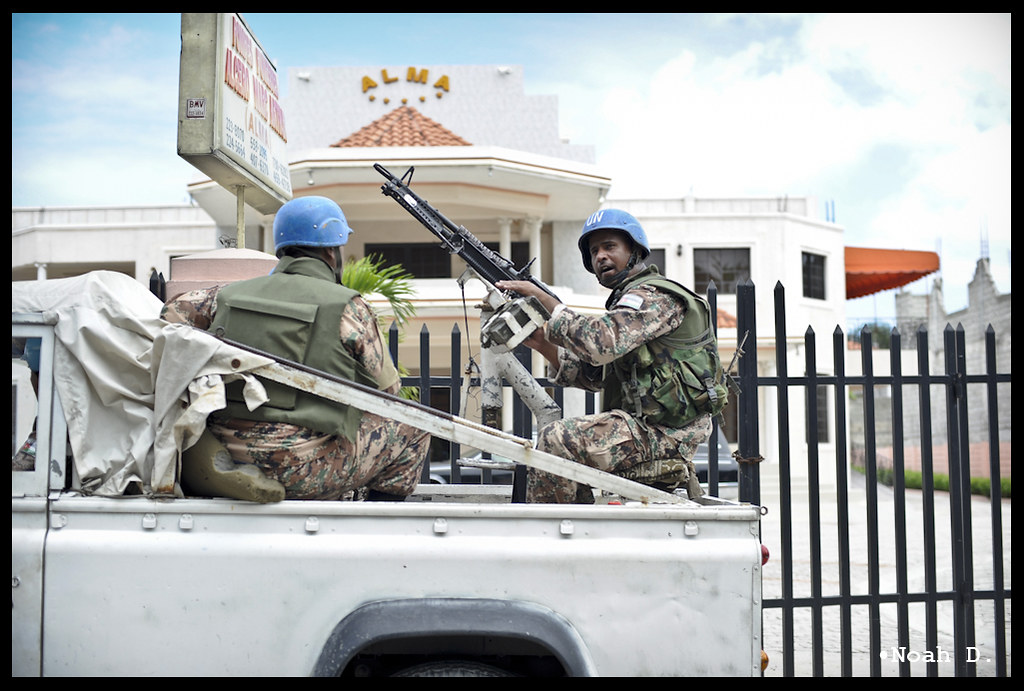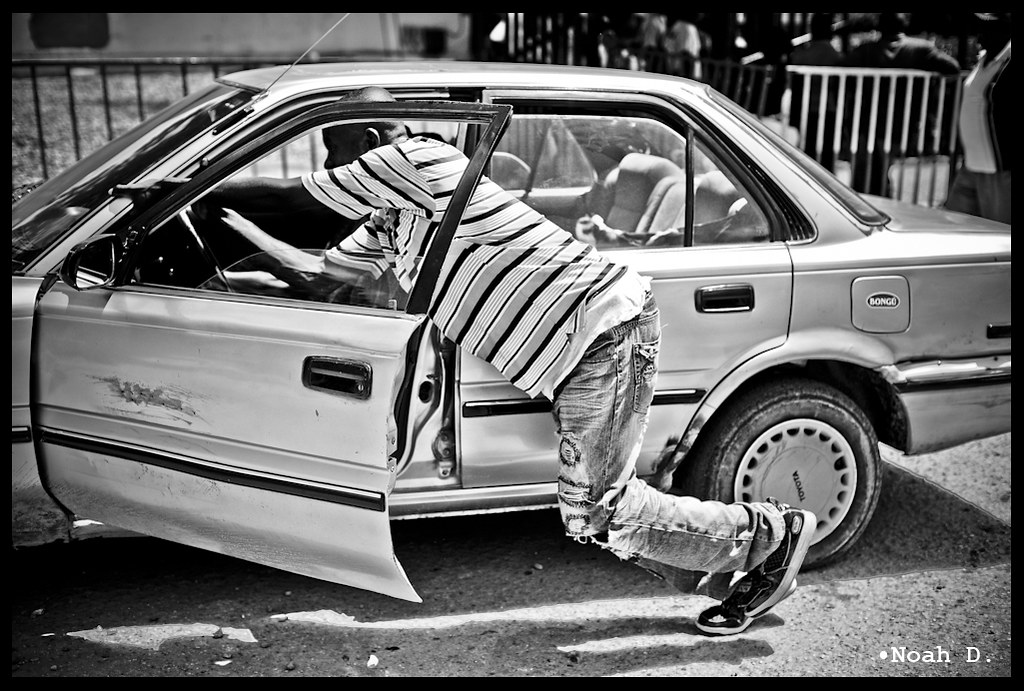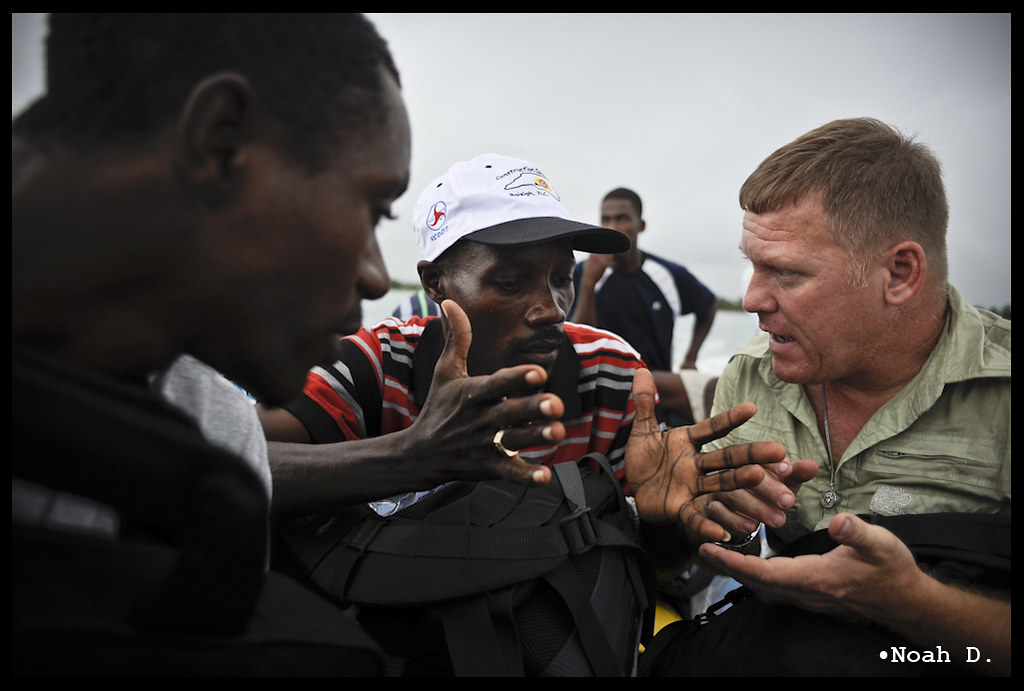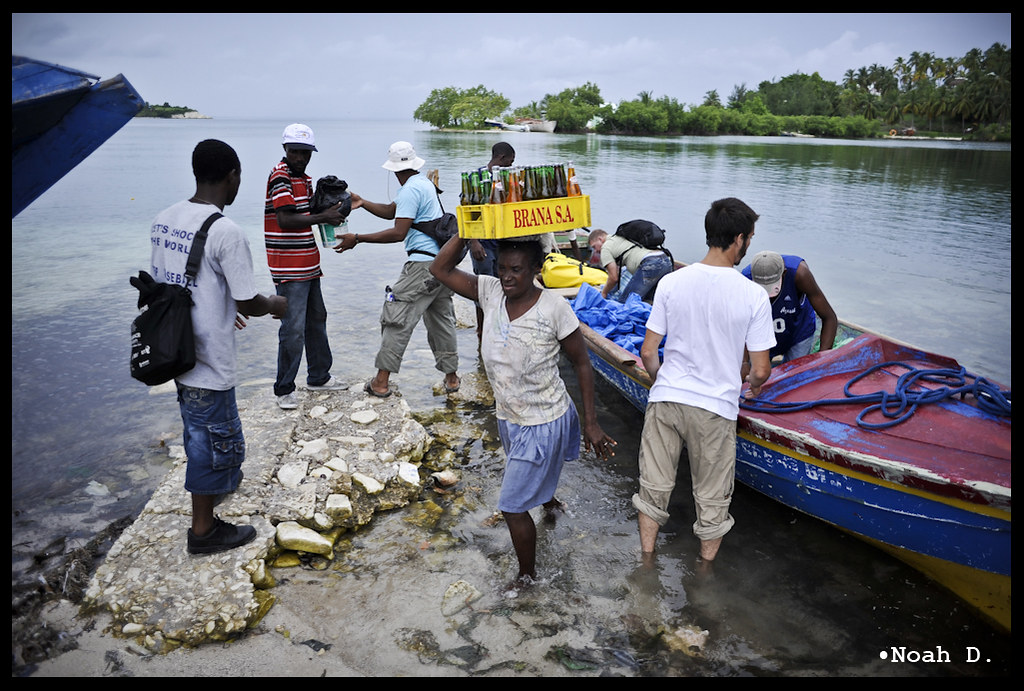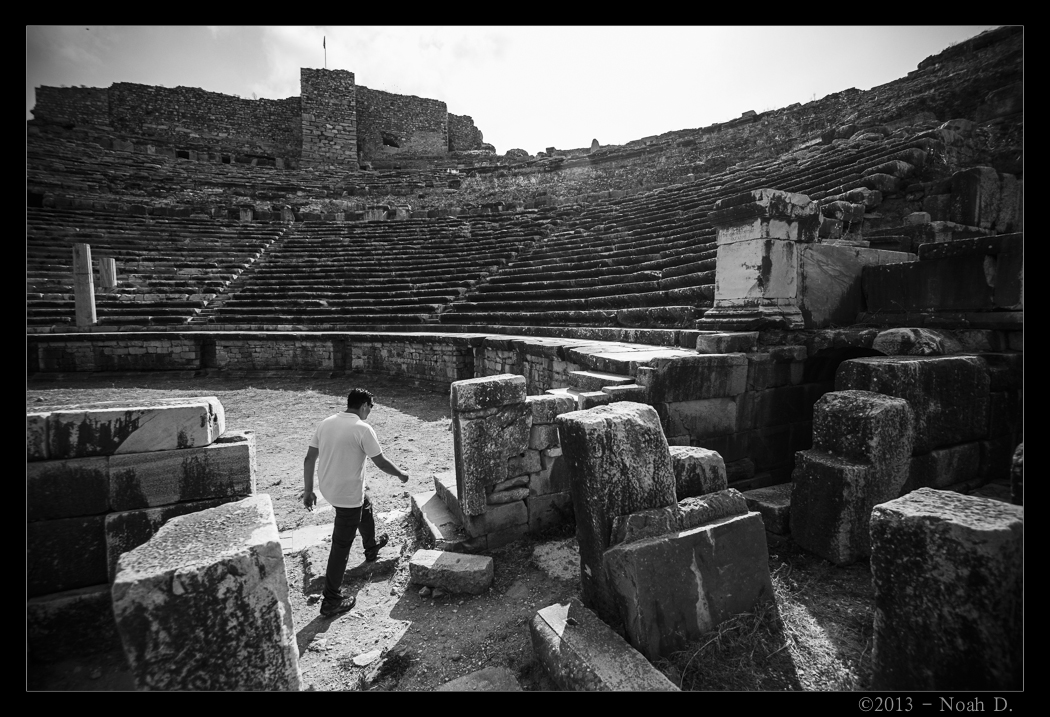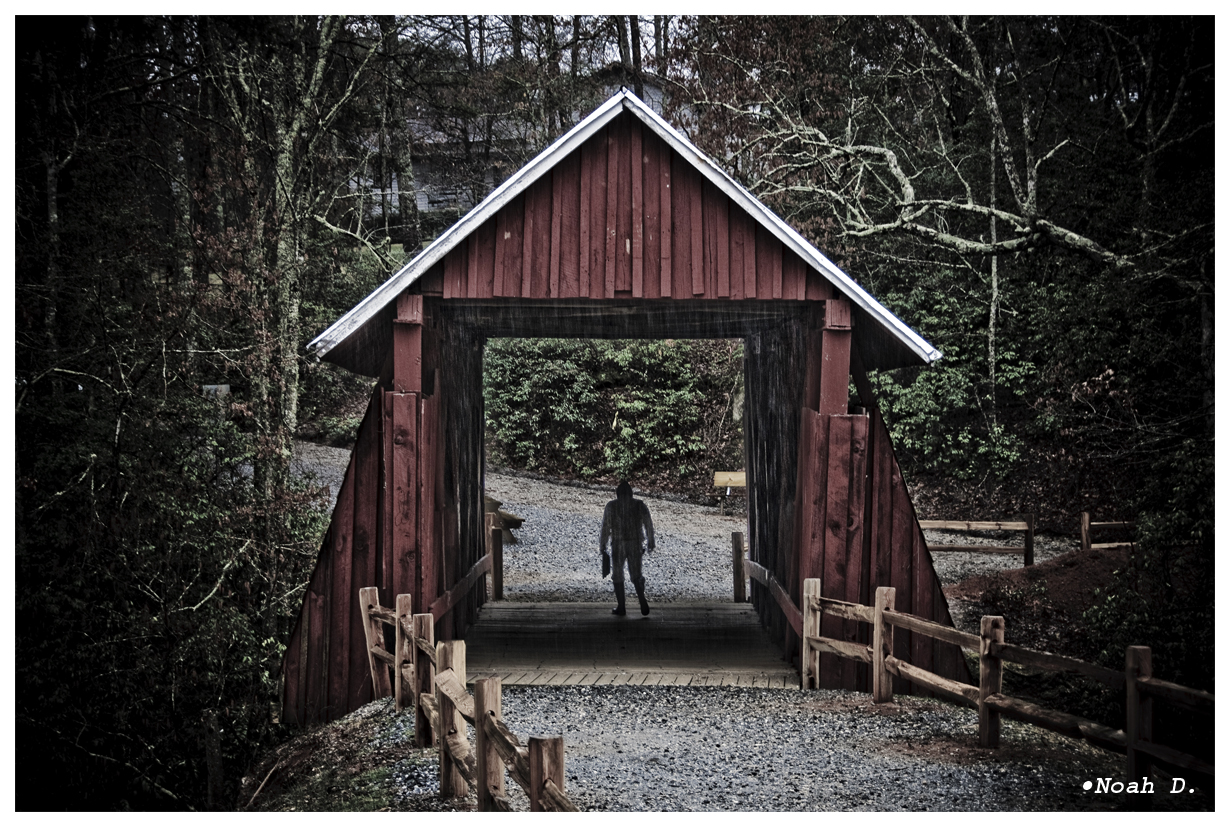“Why don’t they build in that median?”
“Nobody wants to have a house where they think people are buried.”
Just in case you were wondering because the international media has shifted to other more important things like American Idol and what Snookie is doing this week, much of Port-au-Prince is exactly how it was 6 months ago minutes after the earthquake. The smattering of tent cities are little help (more on that soon) so many have resorted to moving into the expanded shantytowns. With its extreme overflow, the shantytowns are expanding into every nook and cranny they can.
That includes some medians when the median is wide enough to accommodate a shanty house: six or seven feet wide is pretty large.
Not all of the medians are built in, though. There are rumors – however untrue they might be in reality – that some mass graves were dug in the medians of certain roads west of Cite de Eternal near Carrefour.
But, still that is not my mission here. My mission this week is to help facilitate a photojournalism workshop with the jack-of-all-trades master journalist Philip Holsinger.
And our mission? Celebrate what is GOOD with Haiti. Celebrate the beauty of Haiti. The parts of stories that might not sell as many papers, but definitely have just as much of a right to be told.
So how are we doing it?
I’m going to be living with the peasant fisherman for a little while. Eating their food and sleeping on their land in Coleman tents. When it rains on them, it rains on me. Its an emersive experience.
We loaded up on a few junk foods before heading to Les Cayes, all the way down at the far end of the southwest fork of Hispaniola.
Its a paved road but a little on the rough side. After all, there was JUST an earthquake a little while ago.
Many a detour and extreme traffic jams. It allows for some subtle observation of life.
Oh, by the way, while I post a few random photos devoid of descriptions, I just wanted say: most of these photographs you’re going to see during this trip are going to be almost completely unedited. The vignetting is completely natural – a byproduct of these fast primes and a full-frame Nikon with the vignette correction turned down.
I want to just go on record saying all the color and contrast and tones are natural and straight from the camera.
For the black and white images…
…I’m using minimal conversion. Simple black and white mix I formulated in Lightroom. I like it because it looks almost exactly like a print from pushed Ilford film on #3 paper.
As I mentioned earlier, there are thousands and thousands of stories about all the destruction in Haiti right now.
There’s just so much more than that.
Is the “normal life” supposed to be implied in the news? Is the simplicity or daily struggles of the Haitian just implied or, by ignoring it, is it being taken for granted?
That’s where Philip and I and the rest of our little group are going to make our attempt.
Where the news shows you something like this:
I’ll try to show you this:
How many times has your car quit and you’ve had to push it by yourself? How different are we really from the people who live in Haiti?
So we go to Les Cayes and get on a boat with the fisherman, crossing the sea to live with them for a while on Ill-a-Vashe – the Isle of Cows.
While we crossed, Philip talks with Daniel and Jerome, a head figure on the island, for a little planning.
So here we are, staying with the fisherman. The implication here is that this post is being made after the fact – we don’t even have power or running water let alone the internet.
The coconuts are amazing right of the trees, though. Sometimes its worth working for your food… and harvesting it with a machete.
You should stay tuned…
-Noah D.
